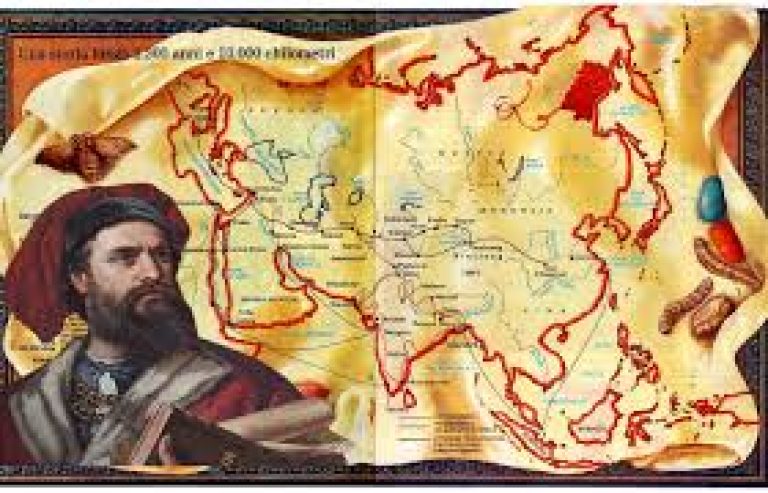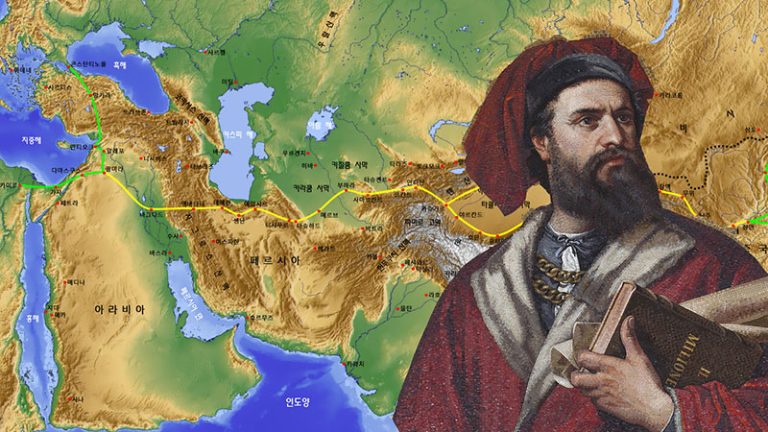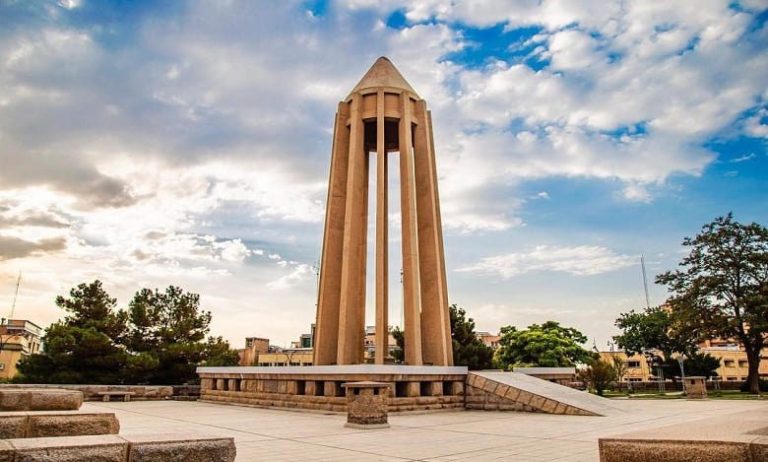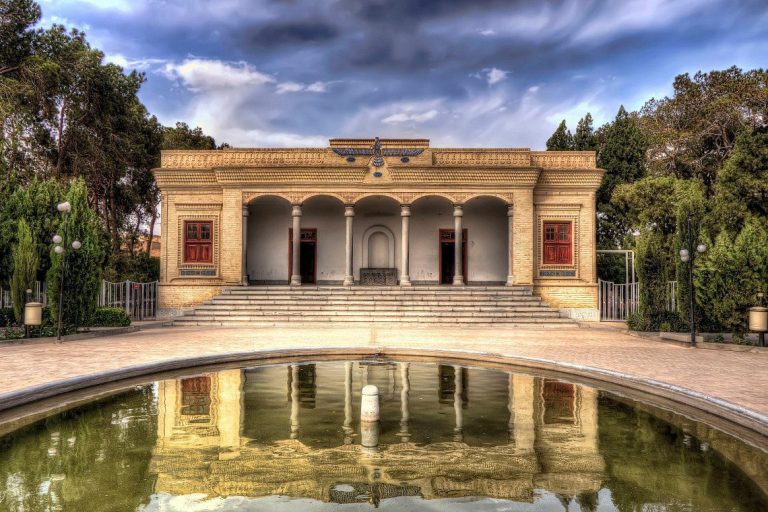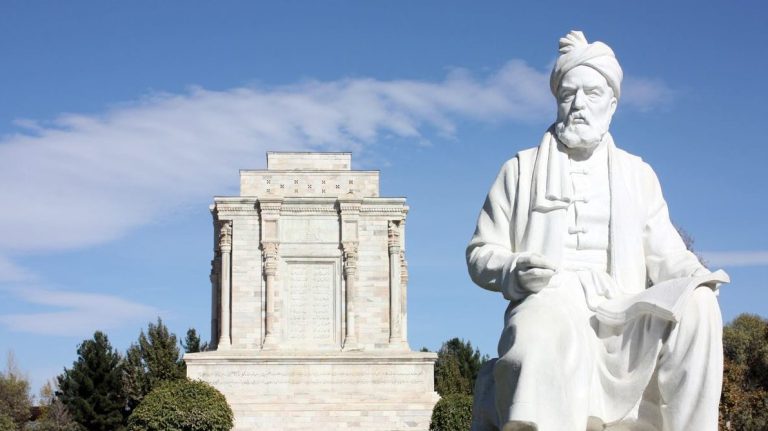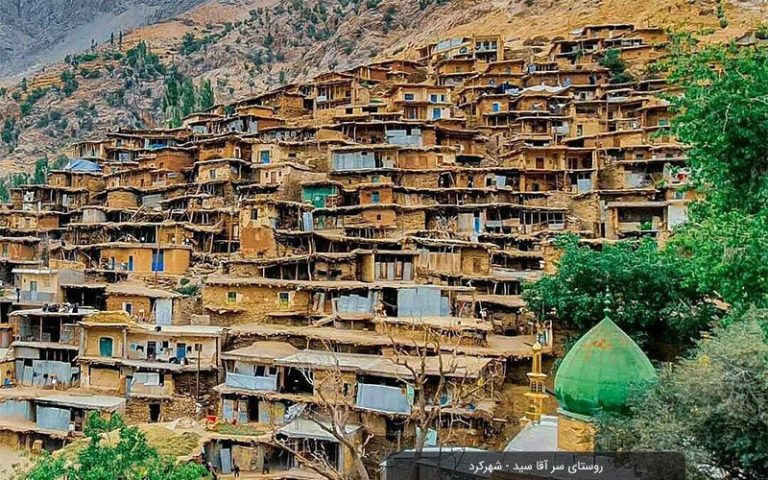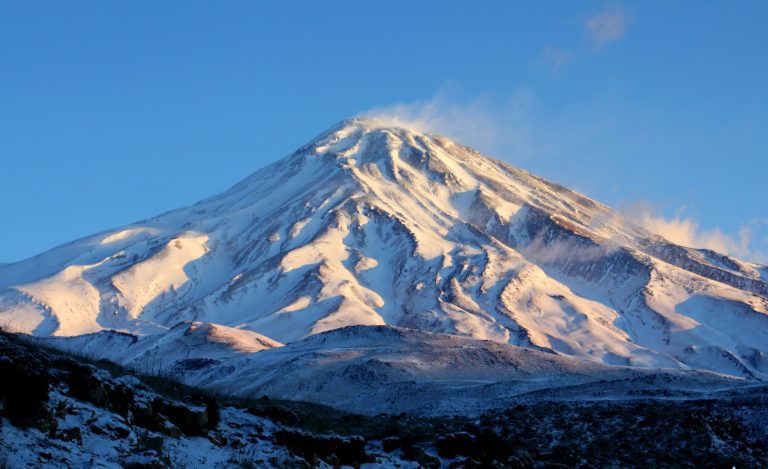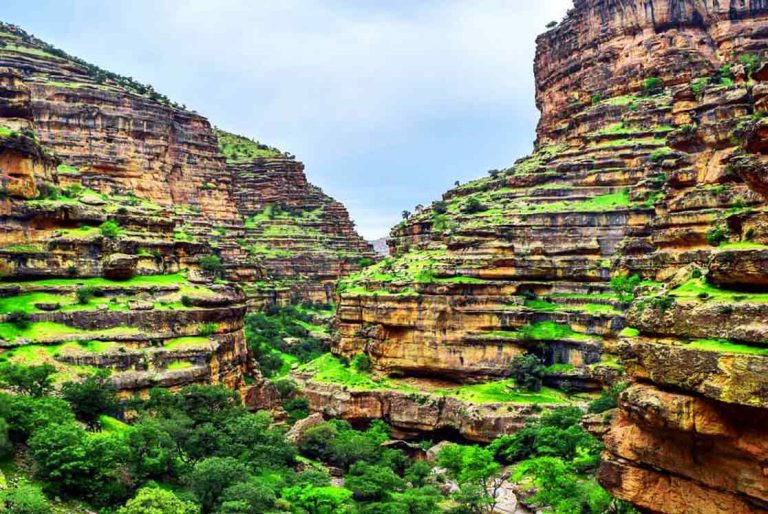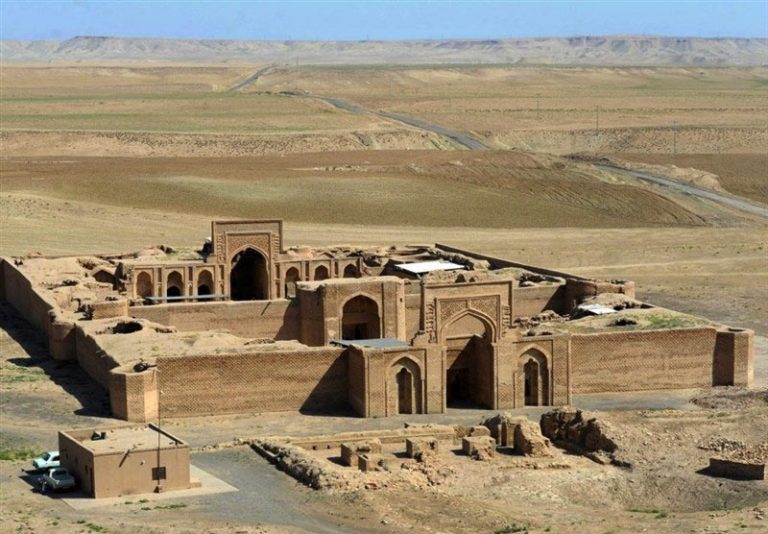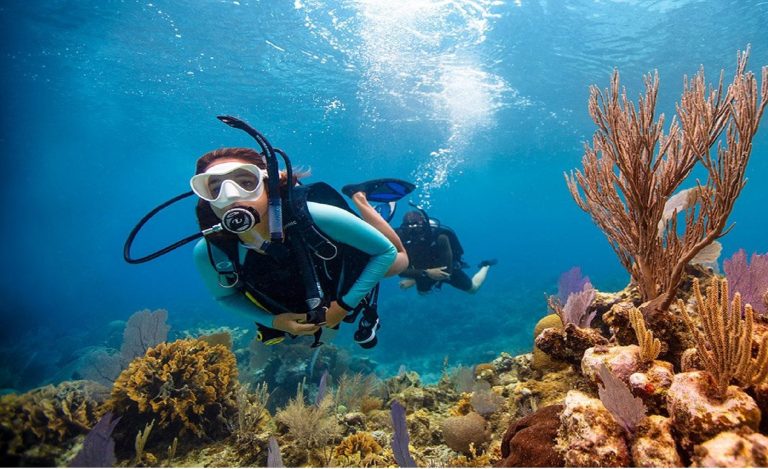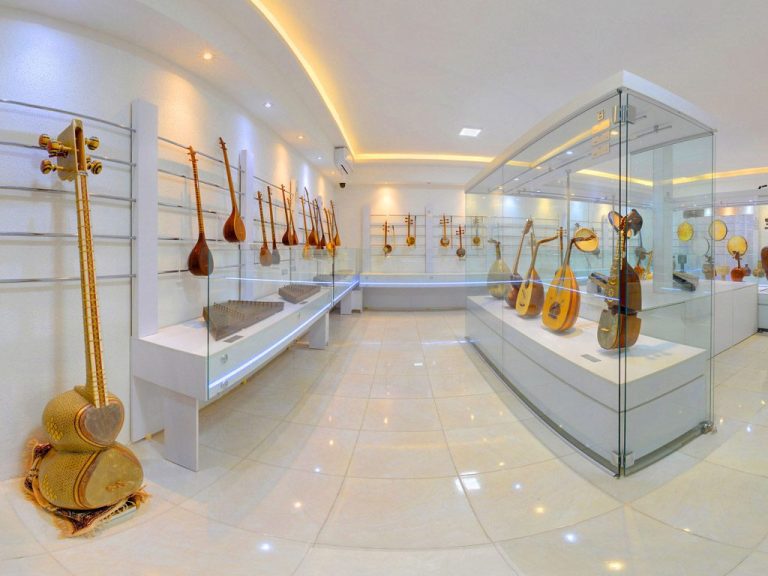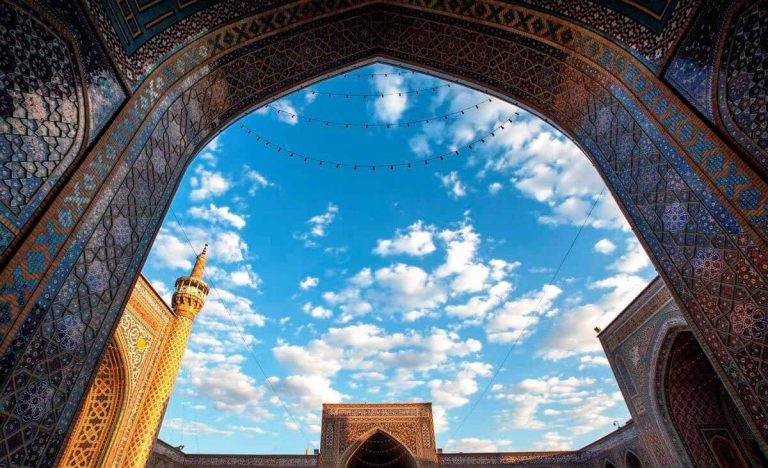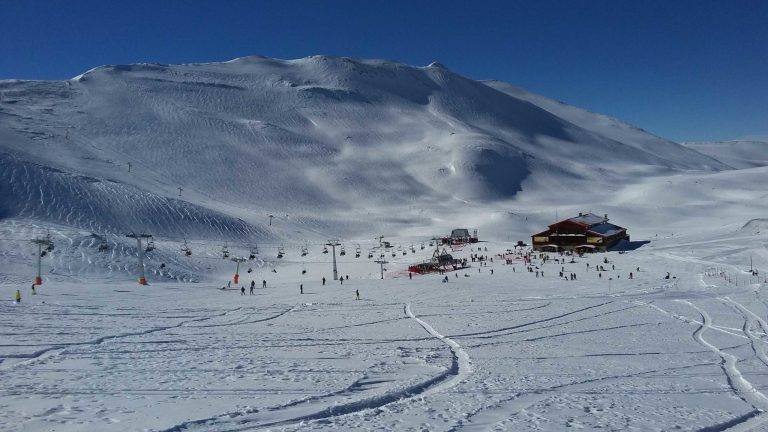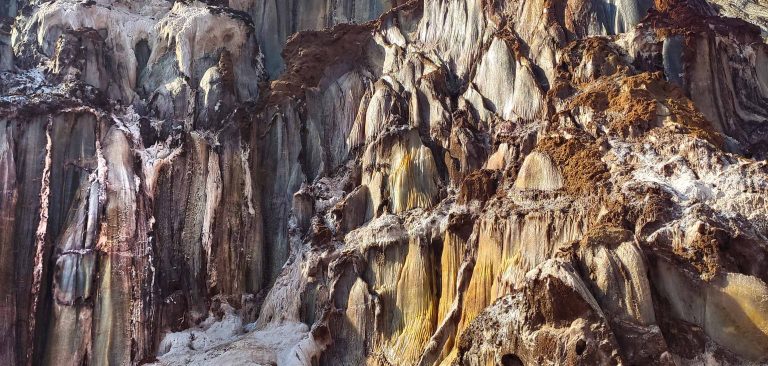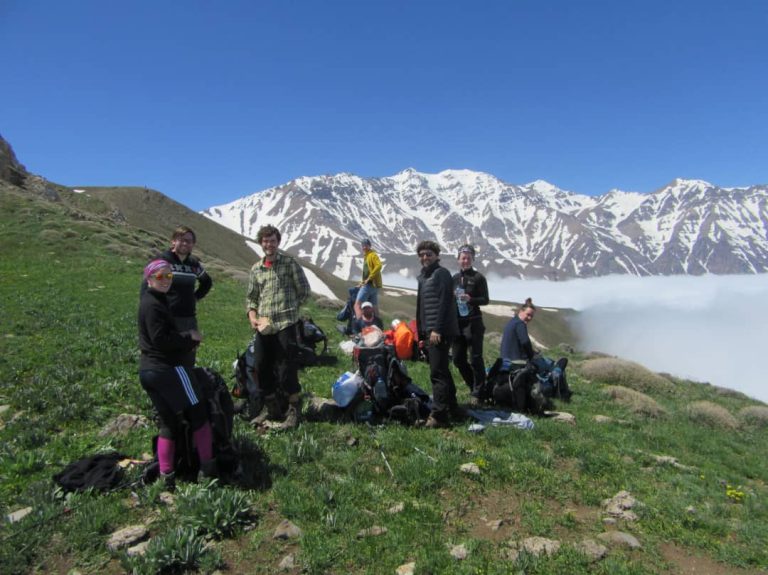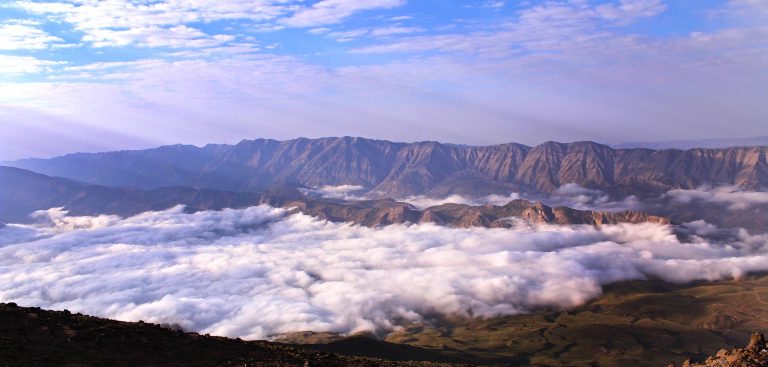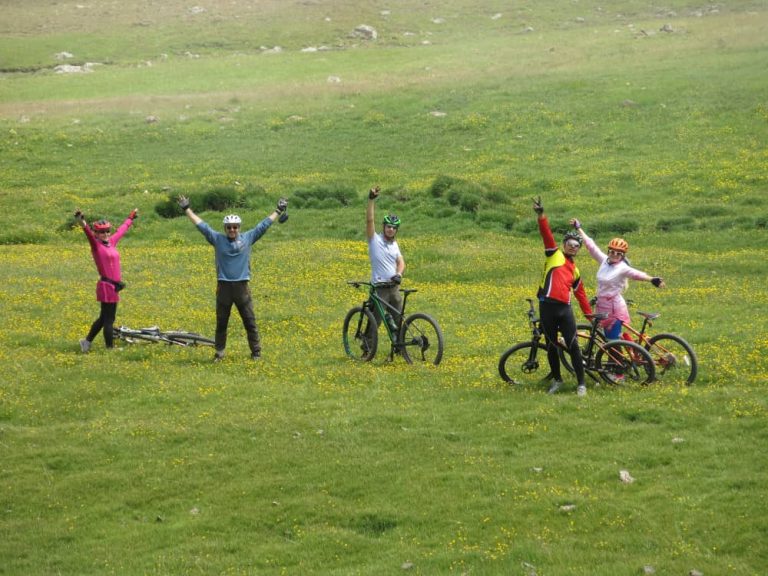Tabriz, a historic city in northwestern Iran. If this is indeed the city you are interested in, here’s an overview of Tabriz:
Historical Significance
Ancient Roots: Tabriz is one of Iran’s oldest cities, with a history that dates back to antiquity. It has been an important center of culture, commerce, and politics for millennia.
Silk Road: Tabriz was a significant trading hub on the Silk Road, connecting the East and West and facilitating the exchange of goods, culture, and ideas.
Architectural Highlights
- Blue Mosque (Masjed-e Kabud): Built in the 15th century, this mosque is renowned for its stunning blue tilework and intricate designs. It is one of the most famous landmarks in Tabriz.
- Tabriz Historic Bazaar Complex: One of the oldest and largest covered bazaars in the world, this UNESCO World Heritage site dates back to the 13th century. The bazaar includes numerous halls, caravanserais, and shops.
- Arg of Tabriz (Ark-e Tabriz): A large, fortified citadel dating back to the Ilkhanate period, it has served various purposes throughout history, including as a military fort and government building.
Cultural and Economic Aspects
- Carpet Weaving: Tabriz is famous for its exquisite hand-woven carpets, known as Tabriz rugs, which are highly valued for their craftsmanship and intricate patterns.
- Education and Literature: Tabriz has been a center of education and literature, with numerous poets, scholars, and writers hailing from the city. The city is also known for its significant contributions to Persian literature.
Tourism and Attractions
- Elgoli Park: A large historic park with a beautiful artificial lake and an elegant pavilion in the center, it is a popular recreational area for both locals and tourists.
- Azerbaijan Museum: This museum houses a rich collection of artifacts and exhibits related to the history, culture, and art of the Azerbaijan region of Iran.
- Constitution House of Tabriz: A museum dedicated to the Constitutional Revolution of Iran, featuring historical documents, photos, and artifacts from the early 20th century.
Climate
Continental Climate: Tabriz has a continental climate with hot summers and cold winters. The city experiences significant seasonal variations in temperature, with the best times to visit being spring and autumn.
Natural Attractions
- Mount Sahand: An inactive stratovolcano near Tabriz, Mount Sahand offers opportunities for hiking and mountaineering, as well as picturesque landscapes.
- Kandovan Village: Located about 50 kilometers southwest of Tabriz, this village is famous for its unique troglodyte homes carved into volcanic rocks, resembling the famous cave dwellings of Cappadocia in Turkey.
Modern Developments
- Economic Hub: Tabriz is an important economic center in Iran, known for its industries, including machinery, automotive, and petrochemicals. It also has a significant role in trade due to its proximity to the borders with Turkey and Azerbaijan.
- Tabriz is a city that combines a rich historical heritage with modern developments, making it a fascinating destination for visitors interested in exploring Iran’s diverse cultural and historical landscape.

